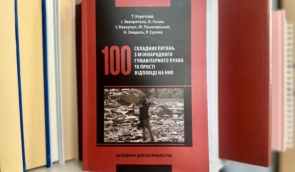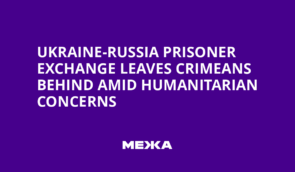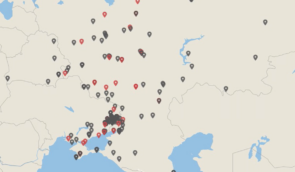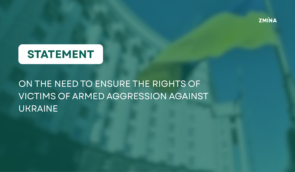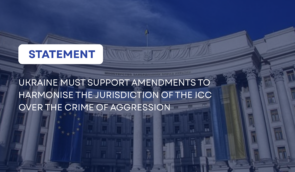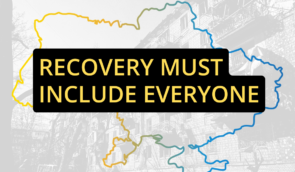Under fire and without possibility of escape: situation in custodial settings amid Russian invasion
With a full-scale Russian attack, it became clear that Ukraine was not ready to evacuate people from custodial settings. Those in residential institutions, geriatric care facilities, pre-trial detention facilities, and colonies were left almost alone facing the challenges posed by war and occupation.
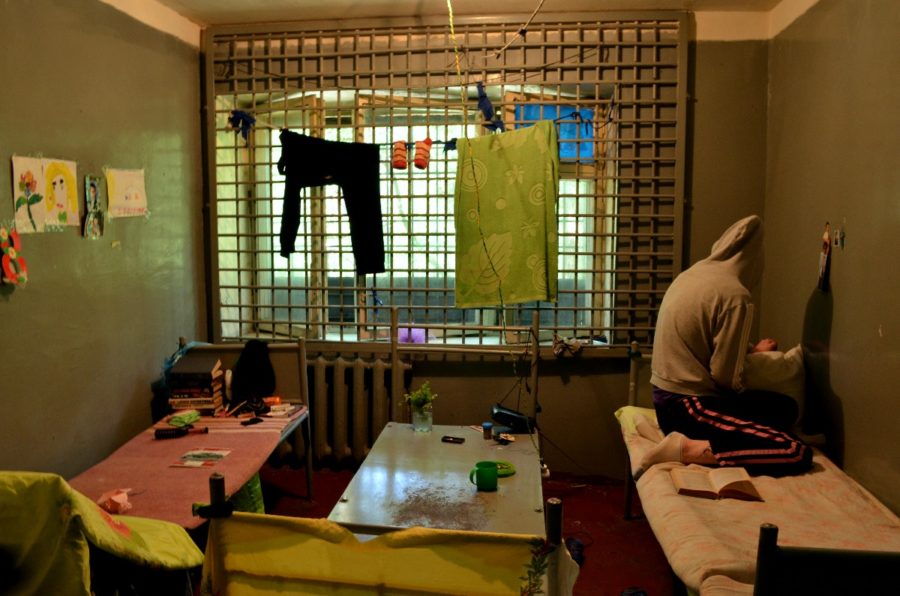
This became known on June 9, at a press conference during which human rights defenders presented the research “Custodial settings in Ukraine during the war”.
The human rights activists assessed the living conditions of people in custodial settings, in particular in Kyiv city, Kyiv, Chernihiv, and Sumy regions, under Russian occupation or at risk of occupation or shelling during the war.
According to Kostiantyn Avtukhov, executive director of the NGO “Ukraine Without Torture”, the state failed to properly evacuate convicts: “The issue of rescuing people serving sentences is not always easily perceived by society. However, government agencies must perform assigned functions and create safe conditions for prisoners and prison staff. In 2014, Ukraine was not ready for the need to evacuate people, so it lost territory along with its citizens. However, this was when aggression was difficult to predict. Eight years later, we could and should have prepared for the enemy’s attack, and the leadership reported that it was fully prepared for the evacuation. But 2014 situation recurred.”
In early February 2022, the Ministry of Justice informed human rights defenders that it had action plans for prison staff in case of the start of hostilities and the need for evacuation. When the full-scale invasion was unleashed, some institutions found themselves in the territory of occupation or military operations, and the connection with them was lost.
In addition, according to the research, as of mid-March, about 30 penitentiary facilities were in the combat zone and were even damaged during the shelling, such as the pre-trial detention center in Chernihiv city. The Mena Penal Colony No. 91 in Chernihiv region, where former law enforcement officers serve their sentences, was practically abandoned to its fate. The facility’s links with Ukrainian security forces put prisoners in a particularly vulnerable position, human rights defenders say.
In addition, there are currently 90 inpatient psychiatric facilities in Ukraine with people accommodated there because of their inability to take care of themselves. They need outside care and treatment, have lost social ties, and do not have the necessary skills to live independently in a community.
Olena Temchenko, a representative of the Expert Center for Human Rights, comments that despite the assurances given by the Ministry of Social Policy of Ukraine on February 23, 2022, that evacuation plans had been in place since 2018, in particular in the facilities of Donetsk and Luhansk regions, no timely evacuation took place. Thus, the March 11 shelling killed 56 people who stayed at the regional residential facility in Kreminna and had not been evacuated. Another 15 people were abducted by Russians and taken to the temporarily occupied territory.
“As the first months of the large-scale war have shown, social facilities have faced real challenges. The war disrupted the usual supply chain for essential goods and products, making facilities dependent on humanitarian aid,” said Olena Prashko, project manager at NGO “Ukraine Without Torture”.
For example, the Chernihiv Regional Psychoneurological Hospital was under occupation since the first days of the war, and the need for a bomb shelter was among the most pressing issues. A total of 286 residents and staff members had to hide from the shelling in a basement which is not designed for the simultaneous stay of all patients and staff.
Due to the lack of a generator, the water supply was cut off. The staff members took water in the forest with the permission of the occupiers. The facility needed a green corridor for food and medicine supplies. Meals were cooked on the fires, the facility did not receive humanitarian aid. There were almost no medicines left in the facility, and the staff lived in the hospital and worked without shifts as it was impossible to rotate.
Eleven facilities in Kyiv city and Kyiv region out of 20 surveyed by human rights defenders lacked medical supplies, including specific medicines for the treatment of people with mental disorders. Rzhyshchiv Geriatric Care Facility and Borodianka Psychoneurological Residential Facility experienced an acute shortage of medicines. In addition, Borodianka Psychoneurological Residential Facility had a food shortage, while Novo-Bilytsk Psychoneurological Residential Facility for Men had water stocks sufficient only for three days. Out of 11 facilities in need of humanitarian assistance, six did not receive it even after the withdrawal of Russian troops.
In Sumy region, some facilities did not equip shelter during the two months of the war. Only three of 15 facilities had food stocks sufficient for more than two months. In addition, the facilities had a shortage of medicines.
The human rights defenders note that the state has failed to solve problems that would help create safe conditions for people in custodial settings during the war since 2014. In particular, no shelters have been set up to protect people from shelling, and there are still no plans for evacuating, taking people to other places or abroad. Moreover, there is no funding for these purposes and specialized transport. And this is not an exhaustive list of problems, experts say.
“The problem of organized evacuation is not new for Ukraine. Human rights defenders raised the problem eight years ago. But neither then nor in the first months of the full-scale war did the state demonstrate prudent and necessary steps to develop adequate regulations and carry out the necessary evacuation of people staying in custodial settings where it was necessary and possible,” said Iryna Fedorovych, Director of the Social Action Centre.
The video of the event is available here (available in Ukrainian).
The report “Custodial settings in Ukraine during the war” was prepared by Ukrainian Helsinki Human Rights Union, Fight for Rights, Social Action Centre, Ukraine Without Torture, and Expert Center for Human Rights. The report contains preliminary information on how Kyiv city, Kyiv, Chernihiv, and Sumy regions survived the occupation and military operations, and what problems and challenges the residents and staff faced. In addition, human rights activists recorded data on possible war crimes committed against people in custodial settings. The experts also analyzed the amendments to the legislation and compared the actions of the state after February 2022 to the actions after February 2014. Among other things, they described possible reasons for the untimely evacuation from custodial settings.
Ukraine 5 AM Coalition of human rights organizations collects and documents war crimes and crimes against humanity committed during the Russian armed aggression in Ukraine. The Coalition members are 29 NGOs.
If you have found a spelling error, please, notify us by selecting that text and pressing Ctrl+Enter.


